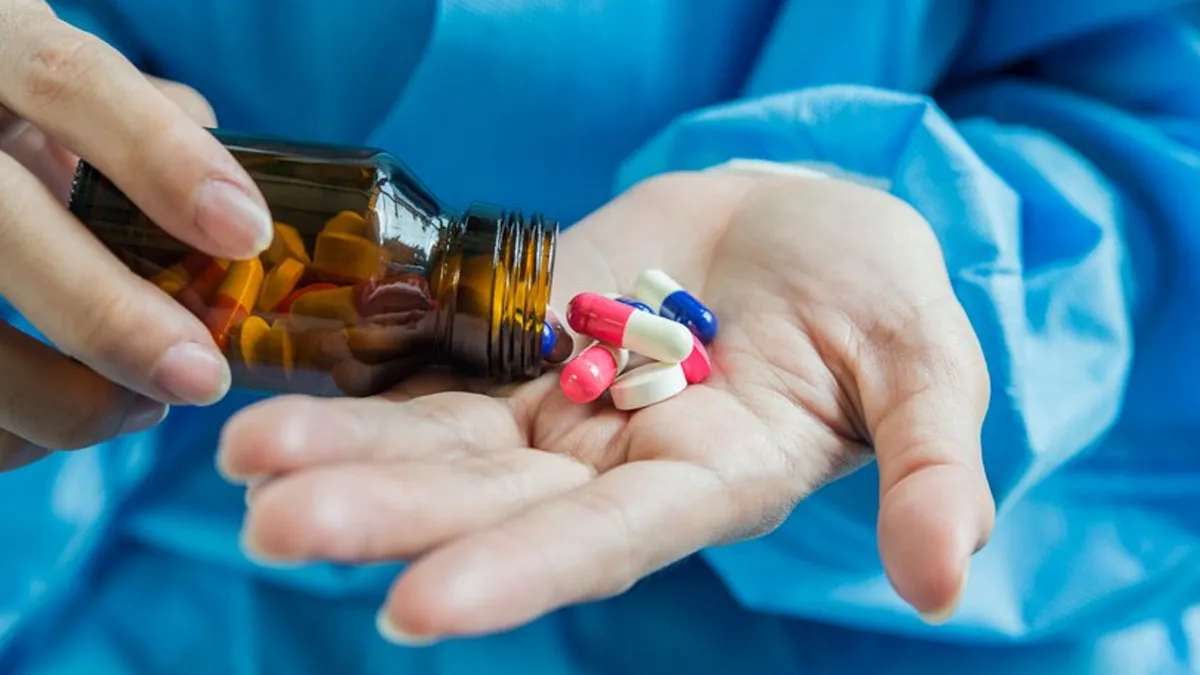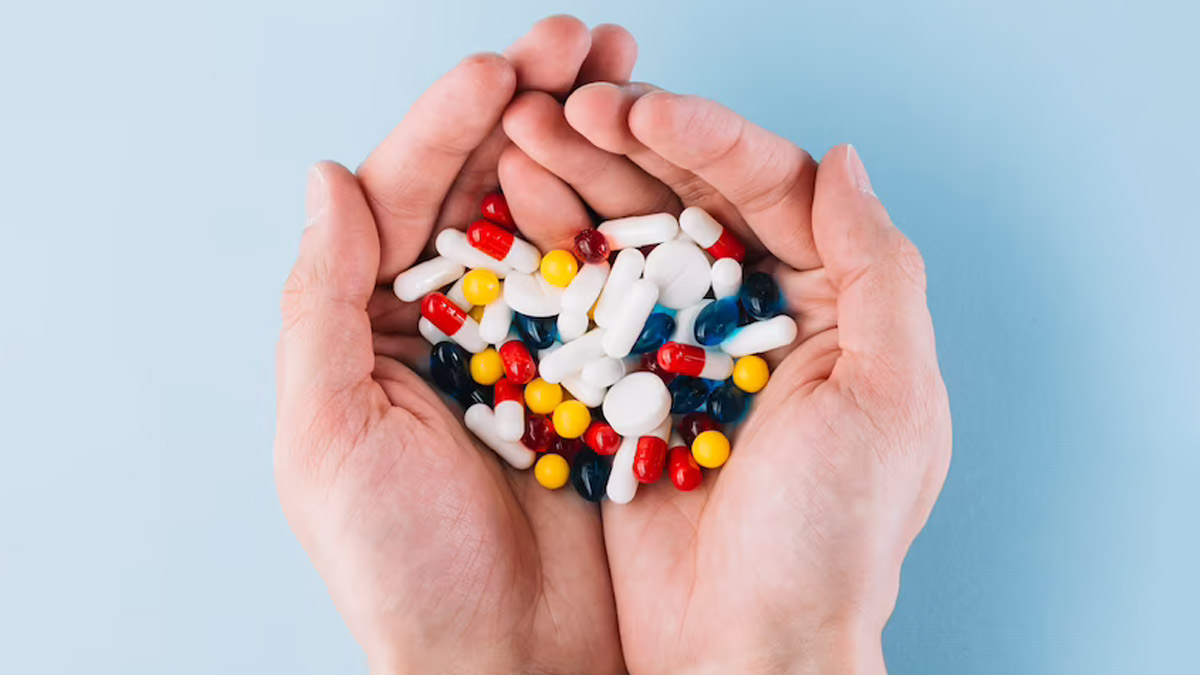
The World Health Organization (WHO) recently released a report that shows a concerning surge in drug-resistant bacterial infections globally. The report states that one out of every six laboratory-confirmed infections in 2023 was non-susceptible to antibiotic treatment. Of even greater concern, resistance increased in over 40% of the pathogen-antibiotic pairs monitored between 2018 and 2023, with increasing 5 to 15% annually.
Table of Content:-
The findings, reported from more than 100 nations via WHO's Global Antimicrobial Resistance and Use Surveillance System (GLASS), highlight an alarming message that life-saving antibiotics are losing their potency, and the consequences are potentially fatal.
For the very first time, the Global Antibiotic Resistance Surveillance Report 2025 reports the resistance rates for 22 most important antibiotics prescribed to treat bloodstream, urinary tract, gastrointestinal, and sexually transmitted infections such as gonorrhoea. The results are based on eight of the most prevalent bacterial pathogens, which are: Acinetobacter spp., Escherichia coli, Klebsiella pneumoniae, Neisseria gonorrhoeae, non-typhoidal Salmonella spp., Shigella spp., Staphylococcus aureus, and Streptococcus pneumoniae.
Also Read: Is Your Swelling Lymphedema? How to Tell and What to Do Next

Among them, drug-resistant Gram-negative bacteria are becoming the largest worldwide threat. E. coli and K. pneumoniae, both causing serious bloodstream infections, are yielding disconcerting resistance rates. These infections usually result in sepsis, organ failure, and death.
The report identifies that more than 40% of E. coli and over 55% of K. pneumoniae infections are resistant to third-generation cephalosporins, the first line of defense. In the African continent, resistance levels are above 70%, putting more pressure on the health systems.
Causes of Antibiotic Resistance?
There are a number of reasons that are spreading resistance at a worldwide level. According to our expert, Dr Vikram Vora, Medical Director and Chief Health Officer (Indian Subcontinent), International SOS, these include:
1. Misuse and Overuse of Antibiotics
Antibiotics are frequently prescribed for viral infections such as colds and flu or administered in the absence of diagnosis. “Self-medication and partial treatment exacerbate the situation,” he said.
2. Agricultural Excess
Antibiotics are commonly applied in livestock across most nations to enhance growth and reduce disease. This results in resistant bacteria finding their way into the food supply and the environment.
3. Inadequate Infection Control in Healthcare Facilities
Poor hygiene habits, congested hospitals, and inadequate sterilisation facilitate the rapid spread of resistant strains.
4. Inadequate Access to Quality Medicines
In certain areas, counterfeit or low-quality antibiotics do not kill infections thoroughly, which allows bacteria time to develop resistance.
5. Environmental Contamination
Improperly discarded antibiotics or released into water systems through pharmaceutical production stimulate resistance among environmental bacteria.
Also Read: WHO Issues Global Alert After Cough Syrup Deaths in India, Here's What We Know

How to fight Antibiotic Resistance
Dr Vora advised seven things you can do in order to prevent and fight antibiotic resistance The steps he advised are:
1. Use Antibiotics Sensibly
Take antibiotics only under the prescription of a qualified physician, never for viral infections or slight illness.
2. Finish the Full Course
Early discontinuation of treatment, even if the symptoms have been eliminated, leaves surviving bacteria to develop resistance.
3. Don't Self-Medicate
Taking leftover antibiotics or purchasing them Over-The-Counter (OTC) raises the risk of abuse.
4. Enhance Hygiene and Sanitation
Proper hand hygiene, hygienic food handling, and hospital cleanliness prevent the transmission of resistant bacteria.
6. Enhance Hospital Infection Prevention
Isolation policies, sterilisation procedures, and surveillance measures in health care can avert outbreaks greatly.
7. Control Antibiotic Use in Agriculture
It prevents antibiotic use in animals except for therapeutic reasons, safeguarding both animal and human health.
Bottomline
The WHO report is a wake-up call that antibiotic resistance is increasing globally and across pathogens, and no nation is safe. As Dr Vora highlighted, we cannot afford to wait for the signs, and responsible use, increased regulation, and improved infection control are our best defence today.
Also watch this video
How we keep this article up to date:
We work with experts and keep a close eye on the latest in health and wellness. Whenever there is a new research or helpful information, we update our articles with accurate and useful advice.
Current Version
Oct 15, 2025 13:14 IST
Published By : Tanya Srivastava